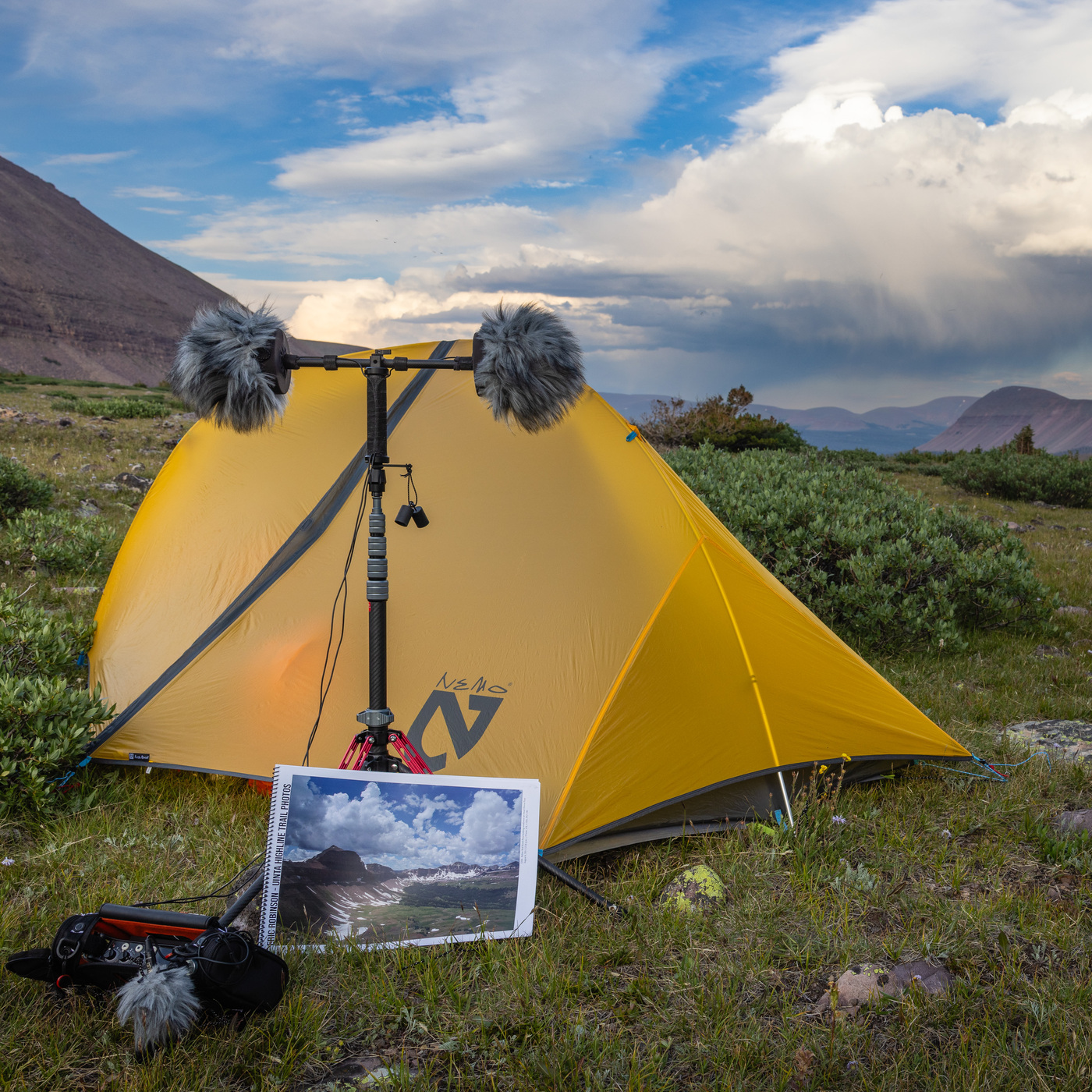
This is a curated collection of stereo field recordings captured during production of the Uinta Triangle podcast. Real outdoor locations across Australia, New Zealand and the United States are represented. The natural soundscapes include weather and wildlife, with minimal or no anthropogenic interruptions. In most cases, these tracks begin and end at points that repeat cleanly, allowing them to be endlessly looped for purposes of relaxation, meditation, or as a sleep aid.
Social links
WebsiteFollow the podcast
RSS Feed
The coyote (Canis latrans), or Yahgoveetch in the language of the Utes, is a vocal relative of the domestic dog and wild gray wolf (Canis lupus). This coyote’s mournful howl, captured in the Garfield Basin of the High Uintas Wilderness, may announce its separation from its pack.
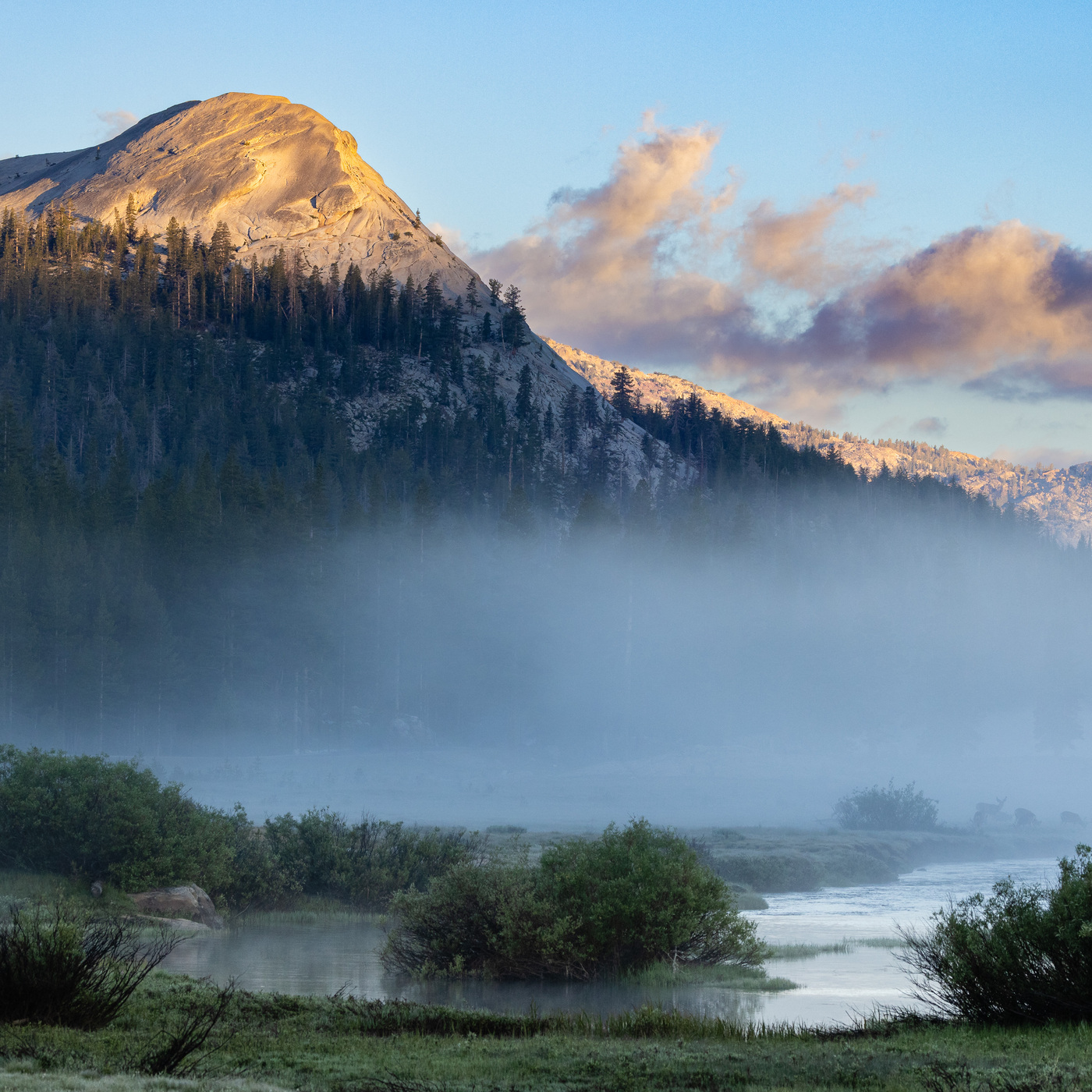
Mist rises over a bend on a mountain river, as a group of mule deer (Odocoileus hemionus) take advantage of the concealment to munch on dewy meadow grasses. Under a ruddy sky, a spotted sandpiper (Actitis macularius) leads the dawn chorus. As John Muir once mused, “it’s always sunrise somewhere; the dew is never all dried at once.”
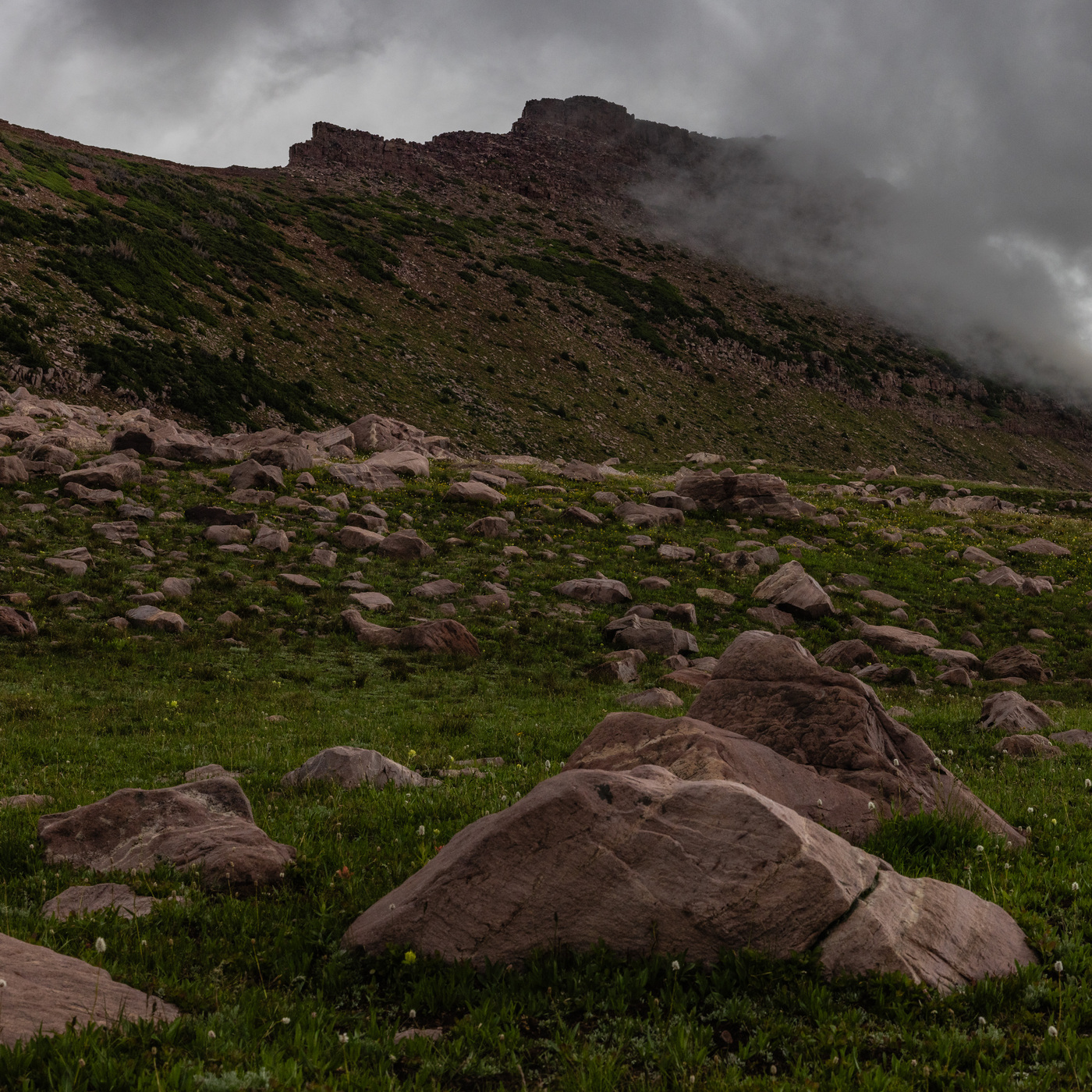
Clouds crackle as pulses of rain pepper the alpine tundra. Can’t you hear the thunder? You’d better run, you’d better take cover.

Springtime snowmelt swells the banks of the Stillwater Fork of the Bear River in the Uinta Mountains. An American robin takes center stage to herald the dawn of a new day. An ensemble, including spotted towhee (Pipilo maculatus) and dark-eye junco (Junco hyemalis) provide backing vocals.
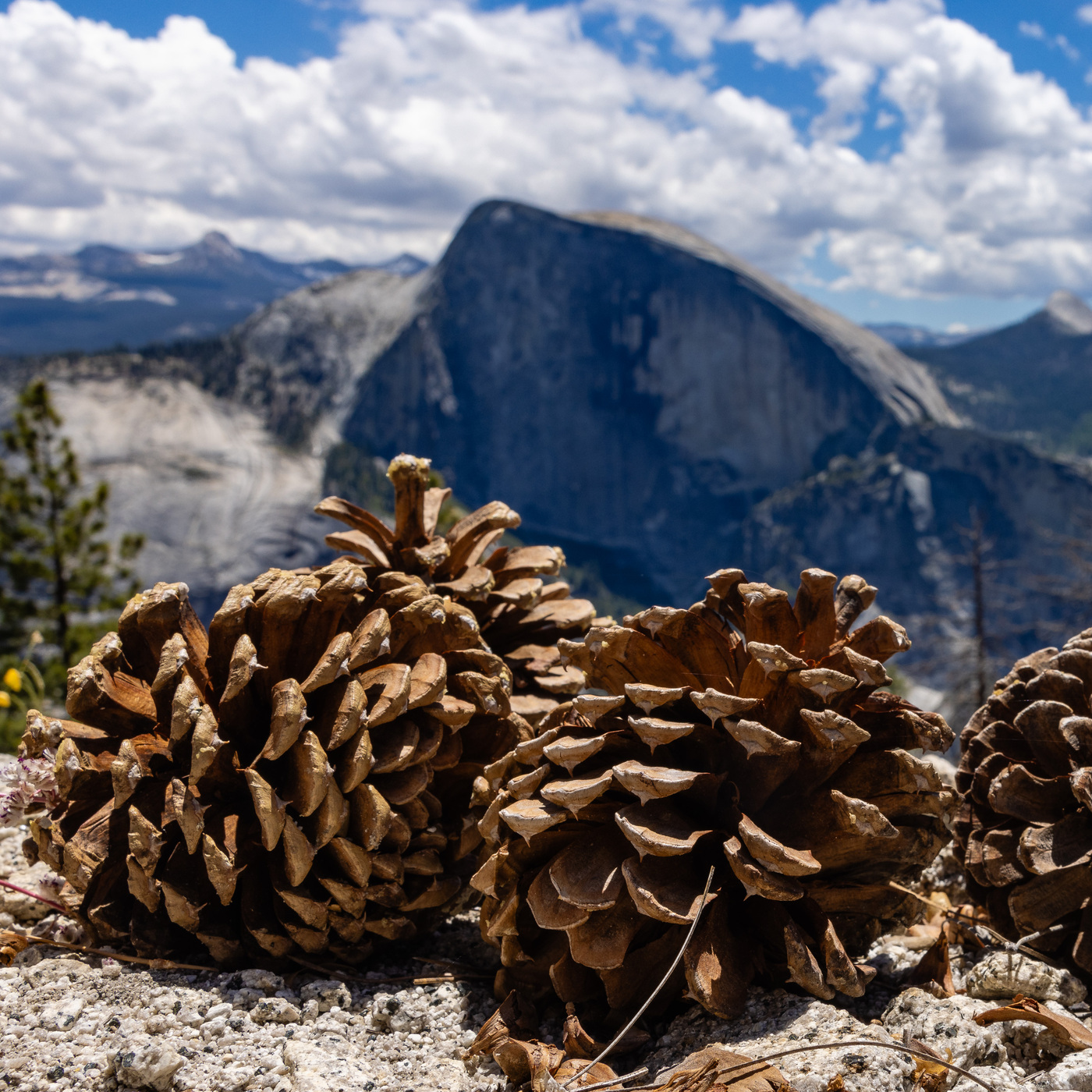
A woodpecker plays percussionist as a mountain chickadee (Poecile gambeli) and Steller’s jay (Cyanocitta stelleri) compete for attention somewhere beyond the hustle of the Yosemite Valley. While the chickadee punches well above its weight, the jay is just too punk rock to be outdone.

Wind whips through distant stands of lodgepole pine (Pinus contorta), as dusk descends at the shore of Rosalie Lake near the Uinta crest. A boreal chorus frog emerges in a sheltered, marshy nook near the lakeshore and begins to call, echoed soon afterward by other frogs nearby.

High desert meets mountains at the southern foot of the Uintas. Moon Lake, on the Lake Fork River, sits at the point where big sagebrush (Artemisia tridentata) gives ways to quaking aspen (Populus tremuloides). Spend an hour in an aspen grove and you’ll likely hear wind rustling their leaves ahead of an afternoon rain shower, or wrens and warblers flitting between the branches.
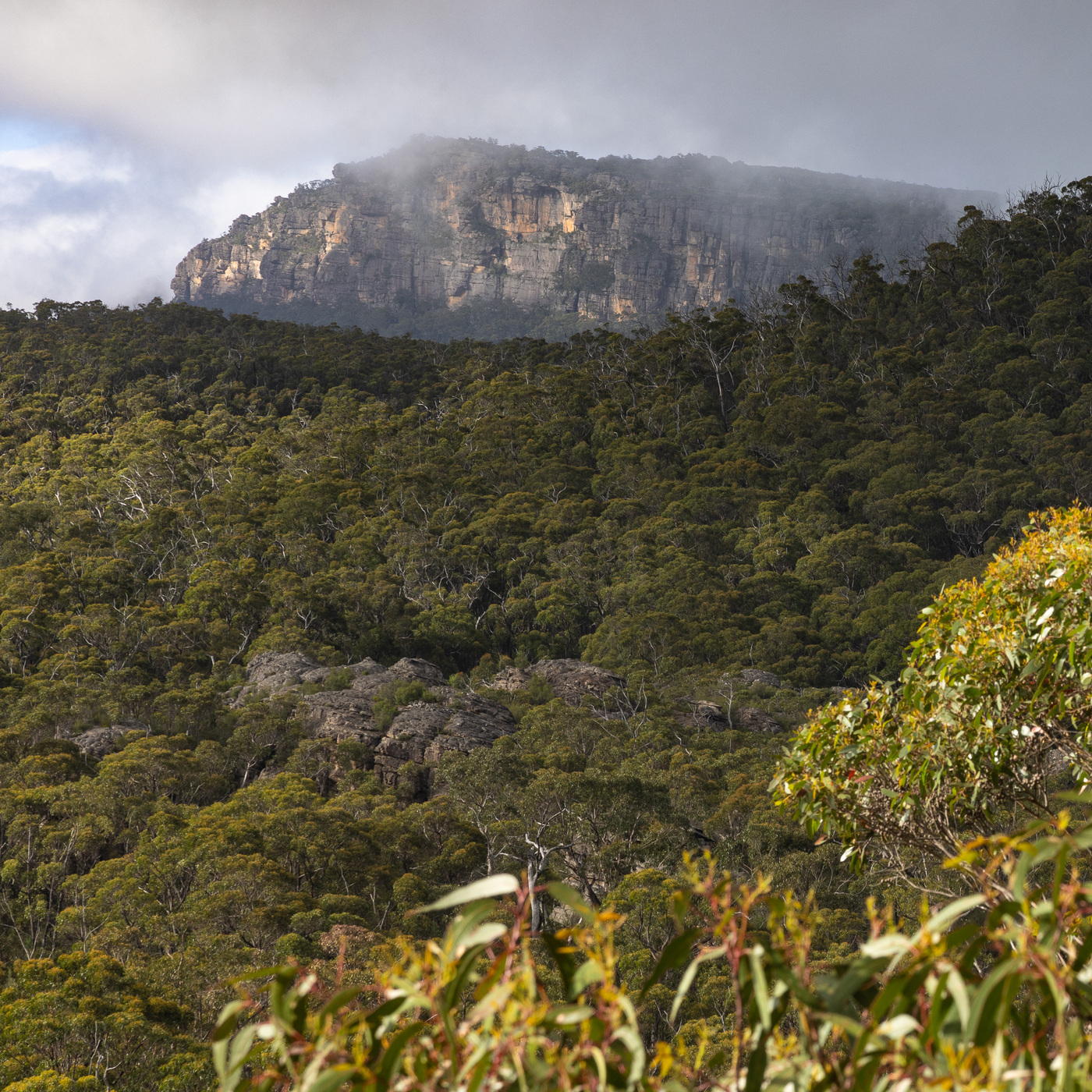
Nothing says “summer in the bush” more than cicada clicks. Male cicadas use a structure called a “tymbal” to produce sound, as a way of attracting females. Different cicada species make different sounds, and Australia is home to hundreds of different cicada species. A January walk along the Mackenzie river in the Grampians (Gariwerd) of Victoria will introduce you to at least a few.
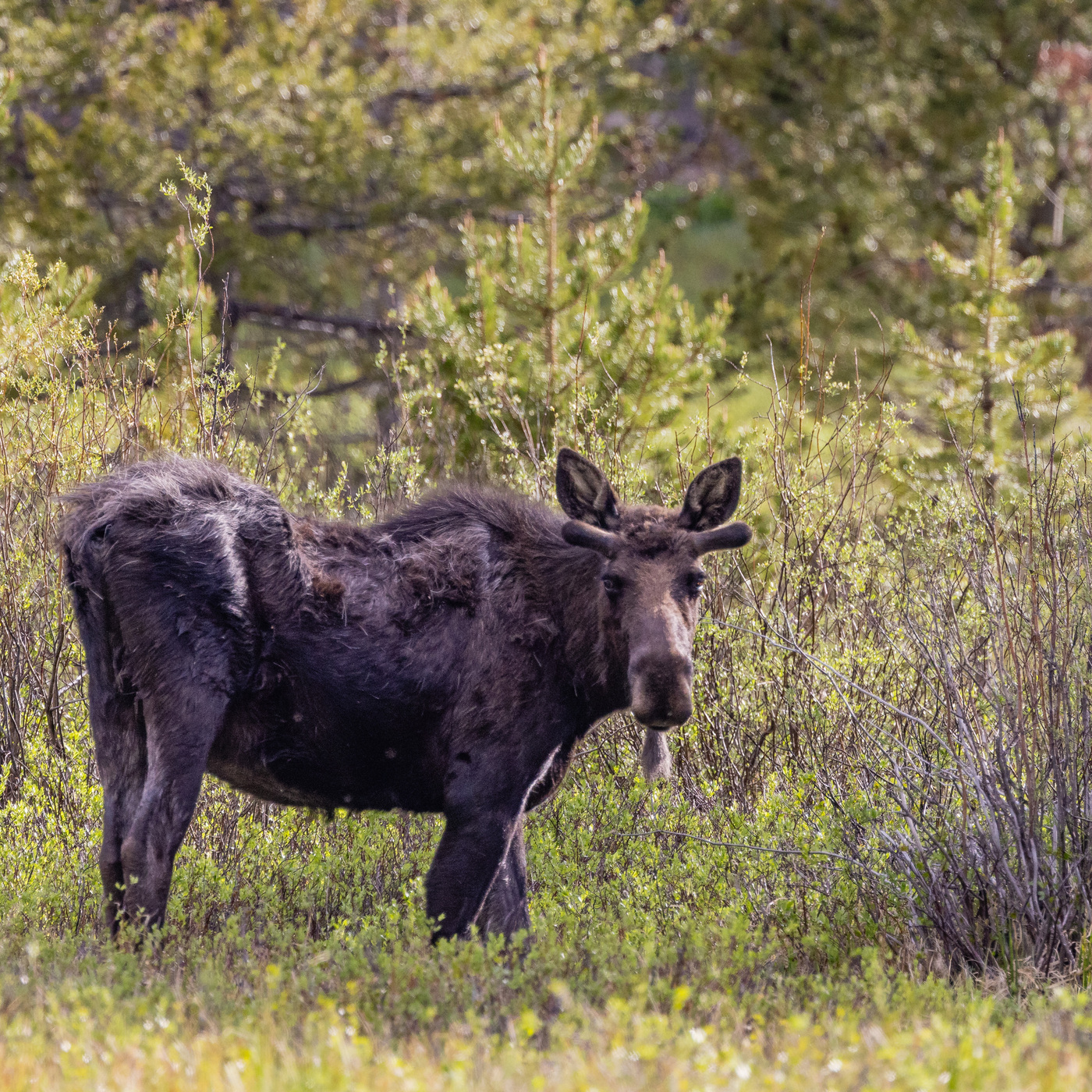
Sub-alpine wetlands in the Uinta Mountains provide ample space for large herbivores, like Shiras moose, to graze. Sit at the edge of a meadow watching for moose and you’ll likely hear the trill of the boreal chorus frog (Pseudacris maculata) or the chastising chitter of an irritated Uinta ground squirrel (Urocitellus armatus).
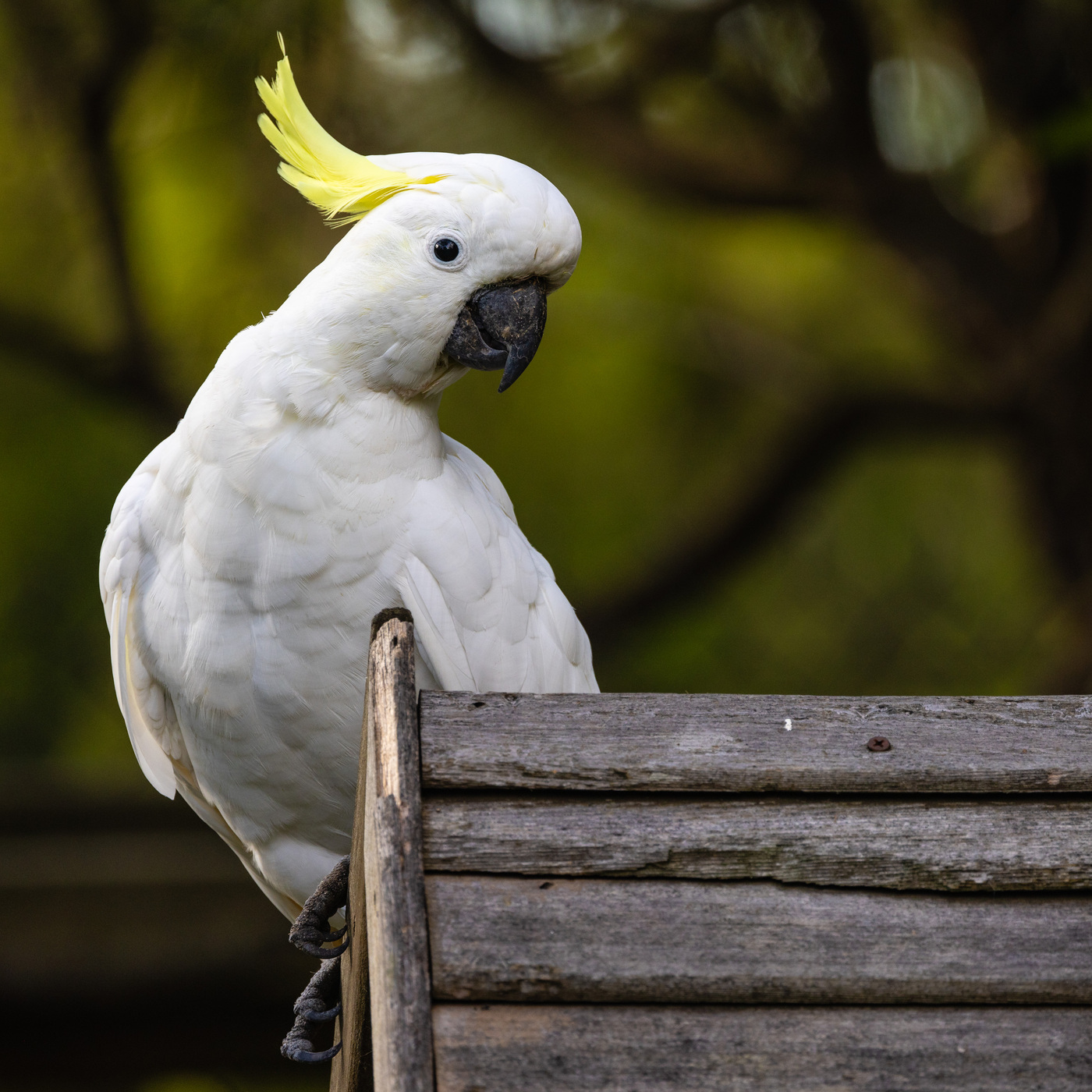
The suburb of Heathmont sits east of Melbourne in the Australian state of Victoria, near the forested foot of the Dandenong Ranges. Dandenong Creek, which flows from the mountains, is riparian habitat for all manner of wild creatures. The trees are often full of a cacophonous mix of native and introduced bird species, but the call of the laughing kookaburra (Dacelo novaeguineae) stands out among them.